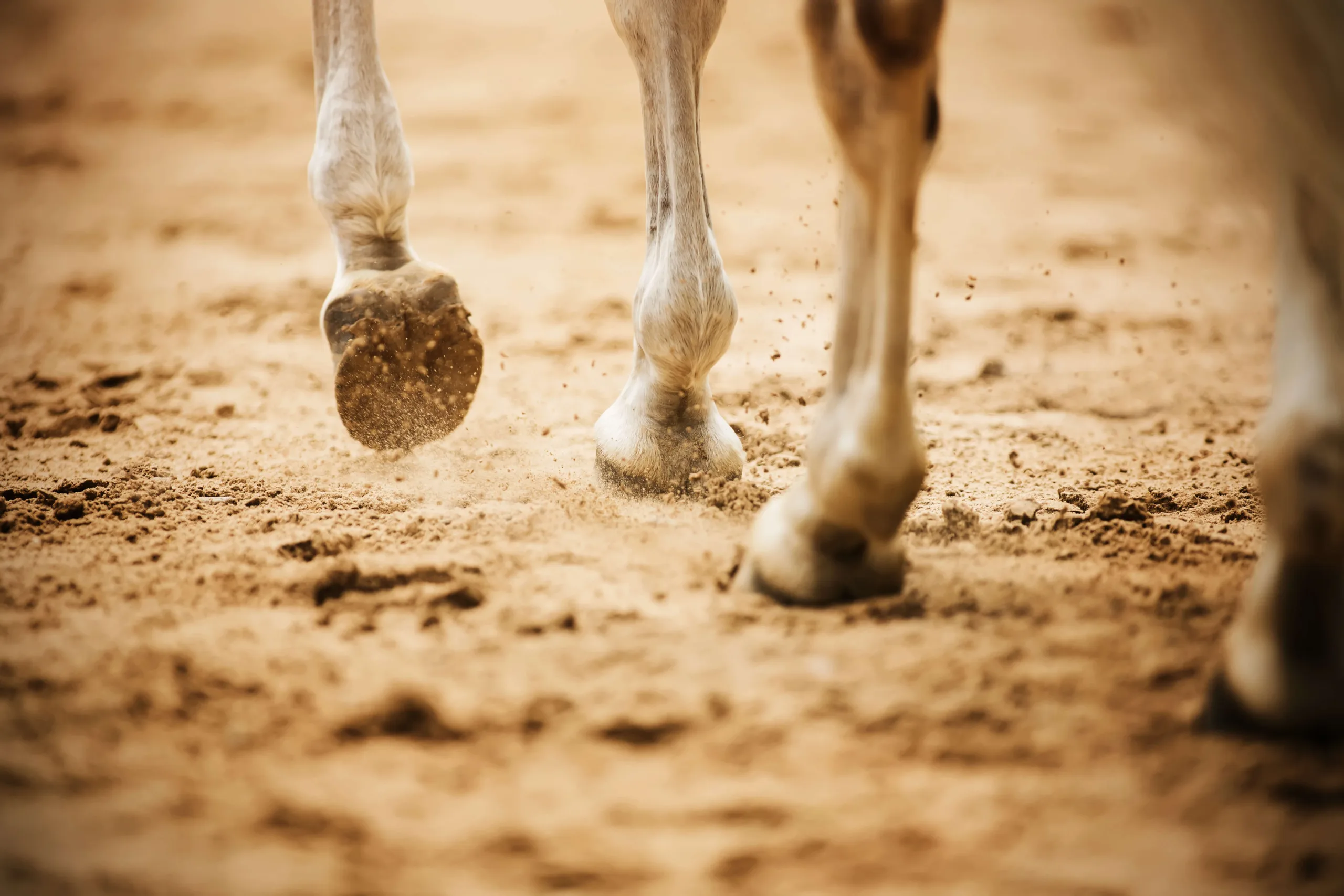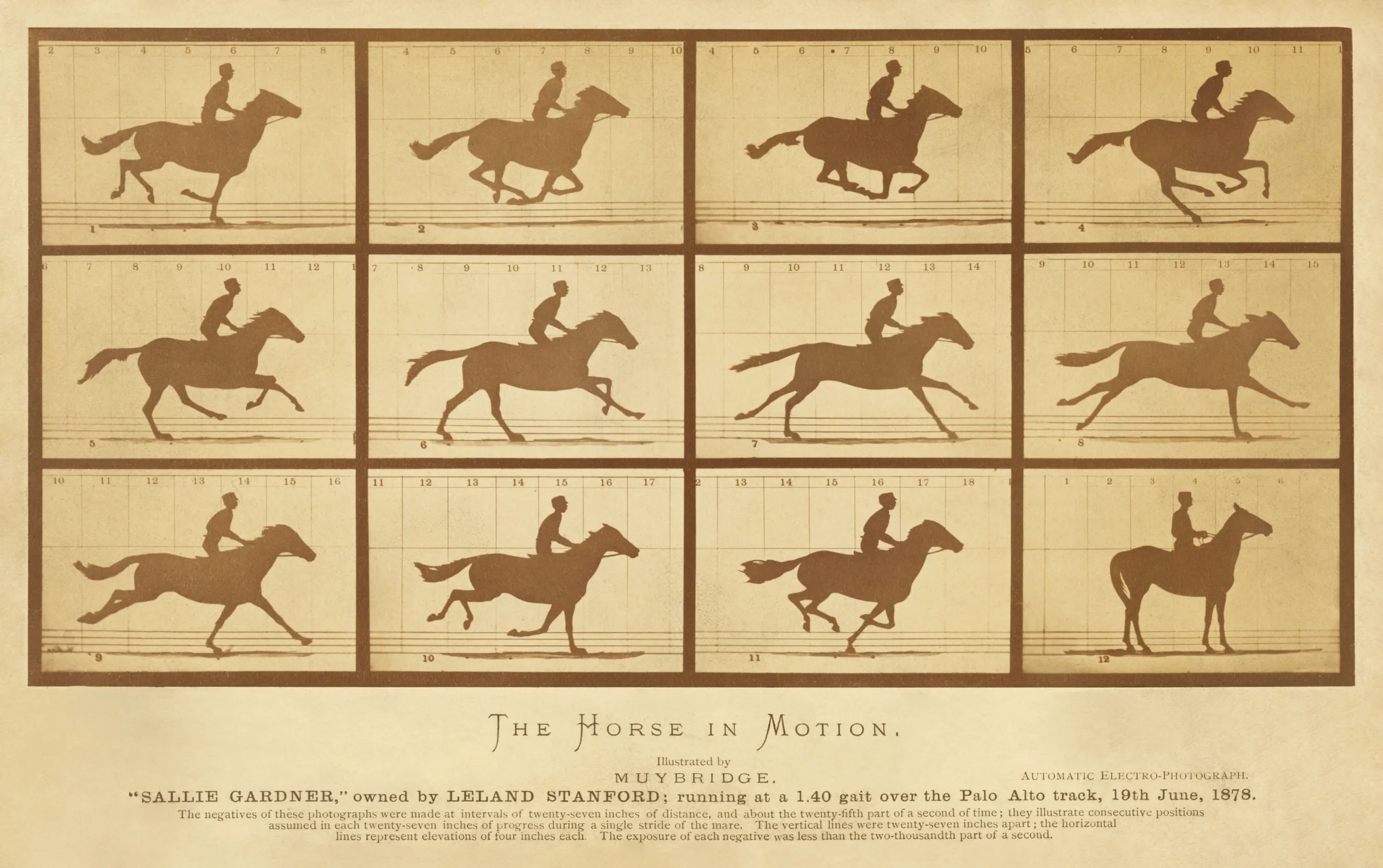Text: Christie Bull (www.cwbiokinetics.co.za)
Visual assessment of equine movement and lameness, colloquially known as ‘eyeballing it’, has been done for hundreds of years. However, research has shown that even the most experienced vets differ in their opinions on visual assessment of lameness, especially on a circle [1], and the more subtle the lameness, the more difficult it is to detect with the naked eye(1).
Technology
The technology available to study equine gait has improved significantly over the last ten years. Various methods are now available to measure how a horse moves and the interpretation of the measurements produced can be used for several purposes, not least biomechanical research and lameness examination.
Did you know?
Groundbreaking studies using equine movement analysis are now being used extensively. Just some of the questions examined include:
- How a horse actually jumps.
- The forces imposed upon a horse’s limbs during different gaits.
- The impact of circles on the symmetry of a horse’s movement.
- The way a mounted rider affects a horse’s spine.
Optical Motion Capture
Many advanced research labs and veterinary clinics started by using infrared cameras to detect reflective markers placed on the horse at strategic locations on his body. The computer then detects these signals and determines the marker’s position in three-dimensional space [2]. These systems are known as Optical Motion Capture (OMC) systems. Unfortunately, however, they are expensive and require extensive training to use, but many labs have invested in them.
Inertial Measurement Units
Advances in technology have led to the increased use of sensors known as Inertial Measurement Units (IMUs). These units track changes or asymmetries in a horse’s gait through the placement of small wireless skin-attached sensors. These sensors measure acceleration forces and angular velocities without the need for infrared cameras, allowing portable, noninvasive monitoring of equine gait during walk, trot, canter, and even while ridden [3].
Attachment sites and the number of sensors used in each study vary, but in general, they are placed on the highest point of the horse’s sacrum (tuber sacrale), the two sides of the pelvis (tuber coxae), the head (poll), the withers and the forelimb.
For instance, The Lameness Locator® by Equinosis uses three sensors placed on the top of the horse’s pelvis (tuber sacrale), head (poll) and right forelimb.
Markerless technology
Sleip AI has developed markerless technology that uses cellphone video footage to track and monitor asymmetries in various gaits. This software is easy to use, and the owner can send the footage to their vet for the app to analyse.

What is this technology measuring?
These tracking tools are significant for owners and vets because vertical movement asymmetries of the horse’s head and pelvis have been shown to be relatively sensitive measurements for detecting fore and hindlimb lameness [5].
This means that the head nod and shortened hind limb stride can now be measured with much greater accuracy than the naked eye can detect, and thus, lameness can be measured with much greater accuracy.
When vets then administer nerve blocks to numb a section of the limb temporarily, they are then able to repeat the test with the tracking software and see if there are genuine improvements, i.e. reductions in the asymmetries picked up by the software. If the asymmetries persist despite the nerve block, this is a good indication that the lameness is caused by another region higher than the previously blocked region. This can prove quite a long and complicated process of elimination, but it is a very sensitive way to attempt to detect where in the body the issue is arising.
Did you know?
The motion detection software can also help eliminate the unnecessary nerve blocking of multiple joints on multiple limbs, as the primary lame limb is often identified pretty quickly by the software.
Final thoughts
In our next issue, we will unpack the analysis of the results provided by movement tracking/lameness detecting software and how to interpret these findings.

References
- Hammarberg M, Egenvall A, Pfau T, Rhodin M. Rater agreement of visual lameness assessment in horses during lungeing. Equine Vet J. 2016;48(1):78–82.
- Byström, A., Hardeman, A.M., Engell, M.T. et al.Normal variation in pelvic roll motion pattern during straight-line trot in hand in warmblood horses. Sci Rep 13, 17117 (2023). https://doi.org/10.1038/s41598-023-44223-2
- Crecan CM, Peștean CP. Inertial Sensor Technologies – Their Role in Equine Gait Analysis, a Review. Sensors (Basel). 2023 Jul 11;23(14):6301. doi: 10.3390/s23146301. PMID: 37514599; PMCID: PMC10386433.
- Mackechnie-Guire, Russell and Thilo Pfau. “Differential Rotational Movement of the Thoracolumbosacral Spine in High-Level Dressage Horses Ridden in a Straight Line, in Sitting Trot and Seated Canter Compared to In-Hand Trot.” Animals: an Open Access Journal from MDPI11 (2021): n. pag.
- Persson-Sjodin, E. Hernlund, T. Pfau, P. Haubro Andersen, K. Holm Forsström, A. Byström, F.M. Serra Bragança, A. Hardeman, L. Greve, A. Egenvall and M. Rhodin. Withers vertical movement symmetry as a useful supplement for localization of the primary lame limb in horses. Equine Vet J. 2024;56:76-88
- Rhodin M., Egenvall A., Haubro Andersen P., Pfau T. Head and Pelvic Movement Asymmetries at Trot in Riding Horses Perceived as Sound by Their Owner. Equine Vet J. 2015;47:10–1.


